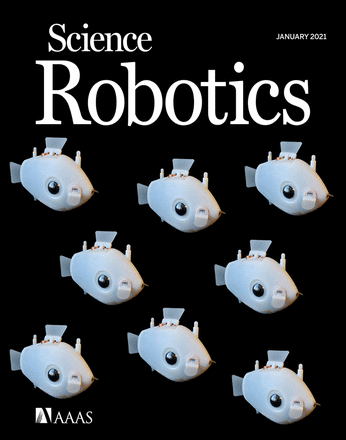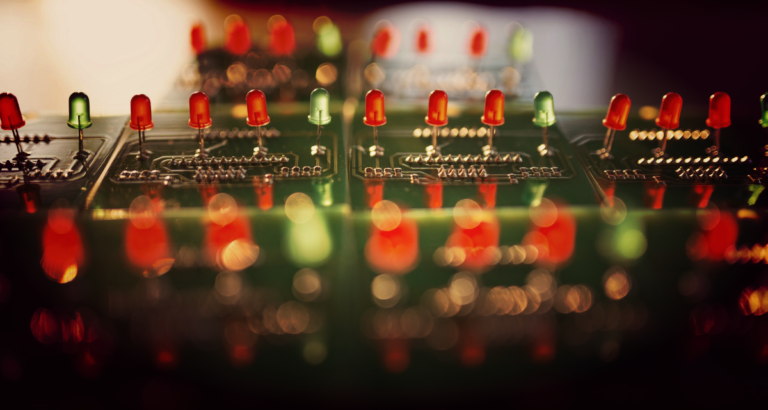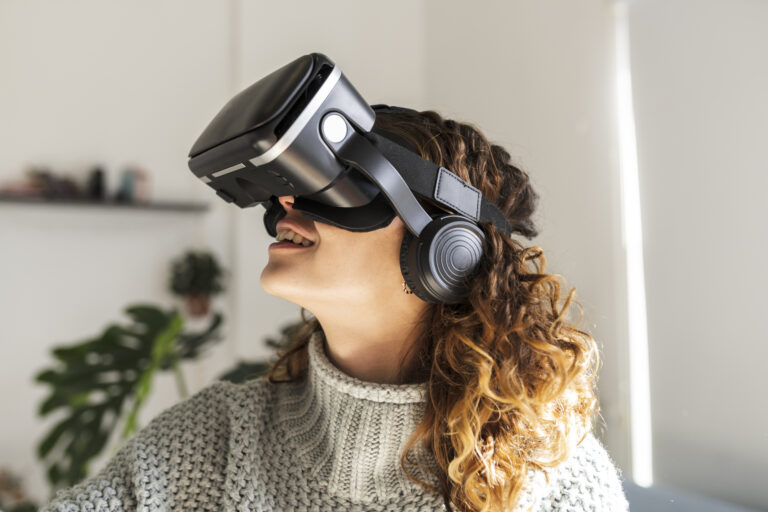Nature’s Blueprint: Bio-Inspired Robots Redefining Innovation
Bio-inspired robots provide a revolutionary vision of robotics in the current day by fusing the astonishing inventiveness of nature with human ingenuity.
Robotics and bioinspired robots are two emerging fields of technology that combine science and engineering in a truly amazing way. The discipline of robotics, which is concerned with the development and implementation of mechanical systems that can operate autonomously or under remote direction, has experienced rapid expansion in a variety of industries, including production, medicine, and research. Simultaneously, bio-inspired robots mimic the biological environment, taking cues from things like the octopuses’ versatility, the birds’ flexibility, and the dexterity of insects. The combination of biological principles and robotics has resulted in some amazing inventions, such as human-moving robotic limbs and drones designed to resemble birds in flight.
These robots are inspired by nature, incorporating lessons from numerous animals and biological processes to improve their design and functionality. Bio-inspired robots aspire to handle complicated difficulties like mobility in difficult terrains, environmental monitoring, and medical applications by replicating traits found in animals, plants, and even microbes. The convergence of biology and robotics not only broadens technological boundaries but also holds the potential to tackle real-world issues with inventive solutions derived from nature’s script. Let’s explore a few examples of bio-inspired robots.
What are Bio-Inspired Robots?
Robots that have taken inspiration from the natural environment, specifically biological organisms and their traits, are known as bio-inspired robots. To improve their functionality, these robots imitate and copy traits and behaviors seen in microbes, plants, and animals. Bio-inspired robots strive to solve a variety of problems by mimicking nature, including effective locomotion, environmental adaptation, and creative problem-solving. These robots frequently provide inventive and practical solutions for tasks ranging from medical procedures and environmental monitoring to exploration and search-and-rescue missions. These devices’ integration of robotics and biology not only broadens the scope of technology but also has the ability to offer useful and adaptable solutions for a variety of use cases.
BlueSwarm
BlueSwarm is a bio-inspired, fish-shaped robot project developed by Harvard Researchers. A novel method for coordinating huge numbers of primarily basic physical robots in multi-robot systems is called swarm robotics. It models the behavior of the robots by drawing inspiration from swarm intelligence. One of the most fascinating fields of robotics study at the moment is swarm robotic algorithms. Every animal shares the trait of banding together to solve problems that none of them can handle on their own. Their primary actions are those of construction, evading predators, and foraging. Fish, on the other hand, use evasive tactics to avoid being eaten. This nature of animals became the idea behind the formation of swarm algorithms and thereby the development of BlueSwarm. This bio-inspired robot’s primary objectives are to locate deep-sea creatures, gather data from the ocean, and conduct maritime search and rescue operations.
Complete 3D spatiotemporal coordination is realized by the BlueSwarm without any external help. Two wide-angle lens cameras and four individually movable fins are features that enable 3D sensing and movement for every Bluebot. Three LEDs supplement the visual system by encoding heading, distance, and direction information and assisting with implicit robot coordination. The first 3D underwater collective to self-organize only through local implicit vision-based coordination is called BlueSwarm.
ALPHA Bio-inspired Robot
The African ball-rolling dung beetle served as the inspiration for SDU University researchers’ ALPHA robot. In order to create adaptive neural systems and test innovative research in biology ideas, these robots serve as their experimental platforms. The species Scarabaeus Galenus is used in this bio-inspired robot. This robot can carry out challenging activities including walking, rolling balls of different sizes and moving the balls with its legs, identical to the beetle.
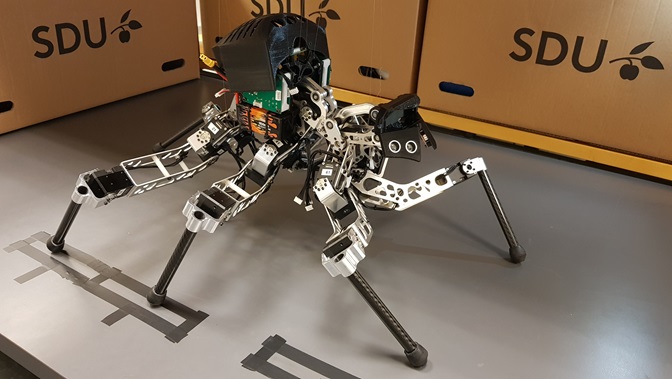
Snake-like Robot
These bio-inspired snake robots, created by Carnegie Mellon University researchers, are able to move around obstacles and slither through objects. These robots were influenced by sidewinders. The robot moves in the form of vertical and horizontal waves. The snake robot can change its movement by altering the phase and amplitude of these waves. NASA and other space agencies also use these bioinspired snake robots for exploring purposes.
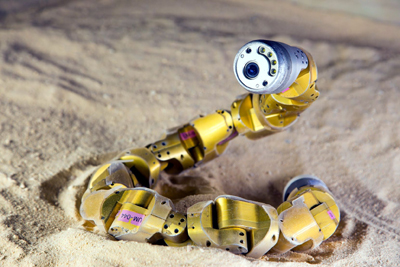
Octobot
The first fully soft, self-governing robot created by Harvard University researchers is called the Octobot. Inspired by Octopus, it is created by a blend of modeling, soft lithography, and integrated 3D printing. The robot has power and movement control channels included in its 3D-printed body. The Octobot’s fuel flow is regulated by microfluidic logic, which is driven by a chemical reaction since it has no stiff parts. The fuel is directed freely by the logic circuit, exactly like a circuit board would. A new generation of soft robots is made possible by the Octobot.
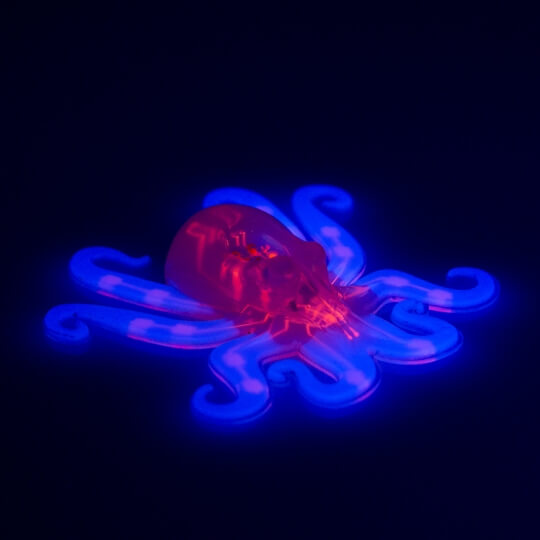
Octobot’s movements are propelled by hydrogen peroxide gas using pneumatic controls. The robot’s inflation is regulated by a basic electronic oscillator circuit that determines when hydrogen peroxide turns into gas. The microfluidic network closes the limbs that the gas pushes through in response to input from external sources. When one limb begins to deflate, the robot transfers its gas to the other, enabling it to move.
StickyBot
Another bioinspired robot created by Stanford researchers is called StickyBot. This bio-inspired device uses anisotropic frictional materials to climb smooth vertical surfaces. StickyBot is modeled after climbing lizards, such as geckos. It climbs smooth vertical surfaces like glass, tile, and plastic panels using comparable compliance and force control techniques. Any application that calls for a temporary or directed adhesive, including those that use suction cups now, can use it, including climbing robots.

Giraffe Neck Bio-inspired Robot
A bioinspired Giraffe robot was developed by a team of scientists from the Tokyo Institute of Technology. Like the neck of a giraffe, it is designed to perform a similar role. Furthermore in order to use it as a platform for the development of new robotic mechanisms. The arrangement of the vertebrae and tendons of the robotic giraffe neck is intended to resemble that of an actual giraffe neck. Additionally, McKibben’s pneumatic artificial muscles are thin and provide contracting forces in the same manner as real muscles.
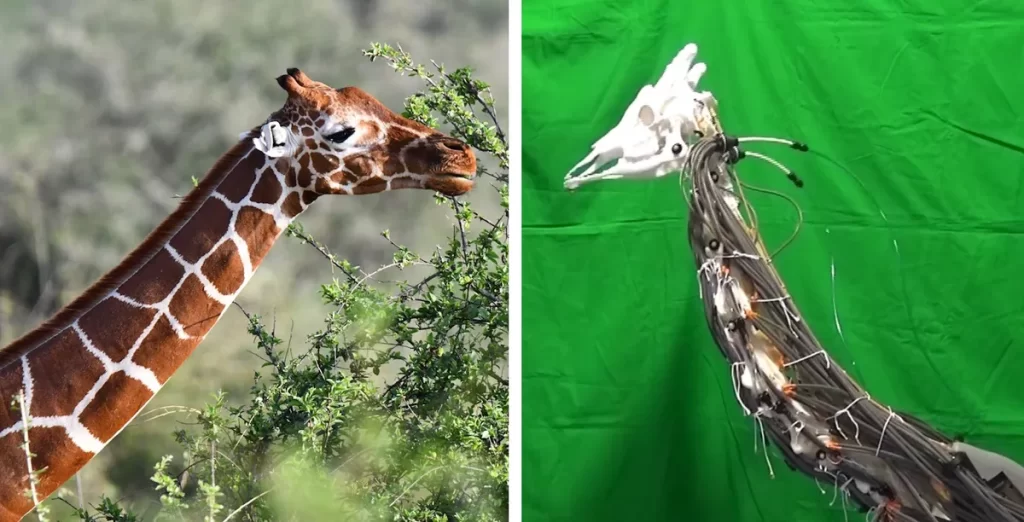
Bridging Electronics and Biology: PCBWay’s Support for Bio-Inspired Robots
In the realm of bio-inspired robotics, PCBWay, a well-known producer of printed circuit boards and electronic components, is essential. Their premium, bespoke PCBs and parts are essential to the creation of bio-inspired robots that emulate the form and movement of natural systems. Through the provision of dependable and precisely designed circuitry, PCBWay enables scientists and engineers to design robotic systems that are modeled after living things.
By imitating the motions and adaptations of insects or animals, these robots advance the fields of biologically inspired robotics and biomimicry. This fascinating and multidisciplinary area of robotics is growing thanks to PCBWay‘s commitment to innovation and high-quality manufacturing. This will help develop robots that can transform a variety of sectors and blend in seamlessly with the natural world.
Bio-Inspired Pollination Robot
With cooperation from PCBWay, a group of engineering students from the University of Adelaide in South Australia have constructed this bio-inspired Pollination robot. The population of bees has drastically decreased as a result of disease, natural disasters, and environmental changes. The goal of this project is to develop an FW-MAV, or biomimetic solution, that can pollinate flowers by mimicking the behavior of a bee. Based at Konkuk University in South Korea, the project utilizes a long-term Flapping Wing Micro Air Vehicle (FW-MAV) platform. Certain parts of their KUBeetle-S are used in this design.
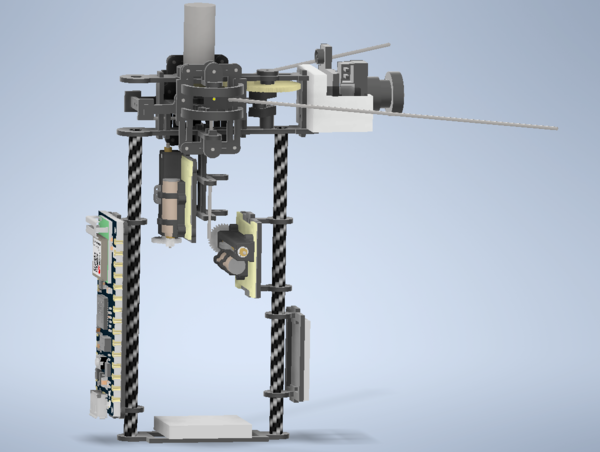
Assembling the flat elements to make the physical embodiment is possible with the design of the FW-MAV. Achieving 0.8mm boring diameters requires parts that are 1-2mm thick. The original plan was to use carbon fiber, however after investigating FR4, a material frequently used for PCB boards, it was decided that this was not necessary. In comparison to other options, FR4 proved to be more affordable and meet the structural criteria of the platform. Parts of the platform can be quickly and precisely cut while maintaining tight tolerance on a single FR4 board with PCBWay’s cooperation.
PCBWay’s Electronics Project Community
PCBWay is an excellent platform that assists in making your electronics projects a reality if you are an electronics enthusiast, researcher, or student.PCBWay offers extensive sponsorship opportunities and a thriving Electronics Project Community to meet the needs of researchers, students, and electronics hobbyists. Like-minded people may connect, exchange knowledge, and work together on creative electronics projects in the Electronics Project Community. This community is a great resource for anyone who is interested in electronics because it encourages learning and idea exchange. On the other hand, PCBWay‘s sponsorship programs demonstrate their dedication to innovation and education.
Conclusion
To sum up, bio-inspired robots provide a revolutionary vision of robotics in the current day by fusing the astonishing inventiveness of nature with human ingenuity. These devices have the potential to completely transform a wide range of industries, including healthcare, environmental monitoring, search and rescue operations, and more. They are made to resemble the structure, capabilities, and behaviors of biological beings. Robots with bioinspired designs demonstrate how we can appreciate and learn from the glories of evolution by taking cues from the intricate workings of the natural world. With the ability to solve some of society’s most pressing problems and encourage us to recognize the beauty of nature’s creations, bio-inspired robots should continue to push the boundaries of what is feasible as technology develops and our understanding of biology expands. The possibilities are endless as we set out on this fascinating adventure of bio-inspired innovation. The future of robotics is clearly entwined with the glories of the biological world.

